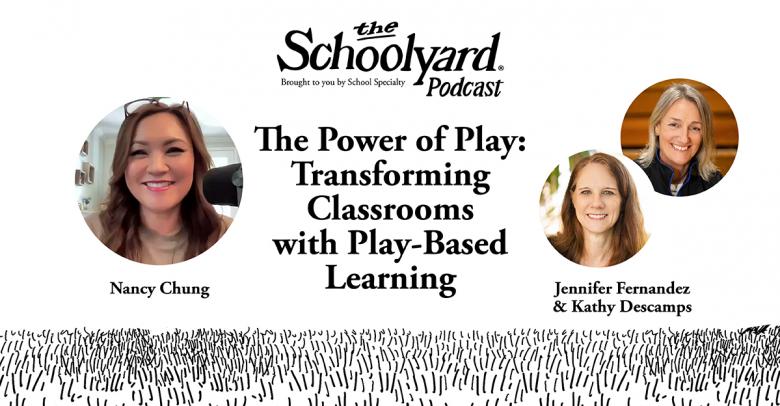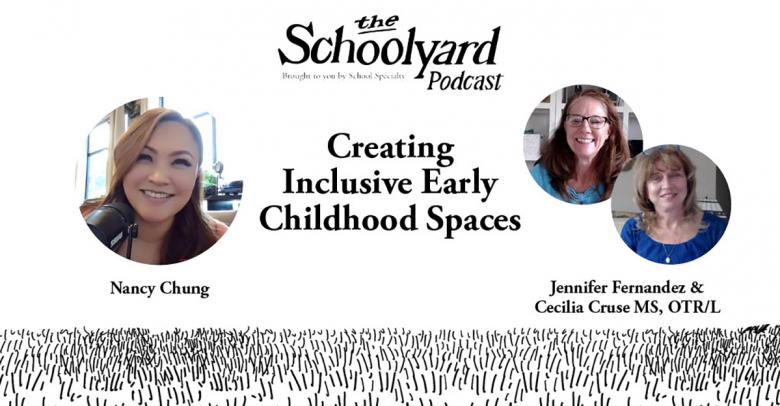Winning the Super Bowl is the ultimate goal of every professional football player. Earning that title results from team effort. That same team approach is needed guiding a child’s learning and development success. Parents and educators can and should work together to encourage student success, starting from early childhood and continuing throughout a student’s life.
Four Ways to Get Parents Involved in Early Childhood Education
The student’s “team” has two key players: Parents and Educators. Try this challenge—take the letters from the word PARENT and rearrange them to spell the word PARTNER. The six letters from P-A-R-E-N-T are all utilized spelling PARTNER. Rearranging the letters goes well until reaching the 7th and last letter P-A-R-T-N-E-?. You need one more letter, an “R”, to finish the word P-A-R-T-N-E-R. You, the educator, “R” (are) the key to someone being on board as a PARENT that is also a PARTNER.
Educators “R” (are) the leaders in the school or program learning environment; let’s explore how you “R” (are) going to lay the foundation for making the parent and their family the PARTNER that the child needs to come out as the winner.
1. Believe in the power you have to make a positive difference.
As an educator, you possess knowledge and experience. Do not doubt the professional skills you bring to your program. Reflect back on that Super Bowl quarterback—he needs teammates to receive that ball. Are you reaching out to parents with the confidence that they will be there?
2. Recognize that parents/families want their children to be successful.
Teachers need to repeatedly share the “Us, We, Team” expectation. For example, when consulting with a program on quality improvement, I asked the program to address the need for the arriving children to wash their hands before they launched into classroom work. Their restroom/sink arrangement was not conducive to the teacher’s supervision of this task. At first, the director and staff dismissed the possibility of parents supporting the child’s hand washing; they finally agreed to try it. The program admitted two weeks later, “Our parents are not only supporting the process but are telling us that they are applying better hand washing principles to their child’s routines.” The staff also reported that the extra minutes parents were present resulted in richer staff/family connections. Bottom line—recognize opportunities where parents can support and invite them!
3. Communicate often and effectively!
There are many communication avenues open to you! Thoughtfully consider how you achieve two-way communication. Look past your preferred communication style and identify each family’s communication preference and best time to connect. Utilize a wide variety of approaches: text, voice mail, personalized notes, drop-off conversations, stickers…
4. Give parents the tools to support their child’s learning.
Look for information that can be shared with families about developmental milestones, resources they could benefit from, and ideas or materials to support learning that are developmentally appropriate.
Examples:
- Share at birthdates developmental milestones and skills that are anticipated for this age.
- “Here is information about a literacy program at the library.”
- Send the child home with a paper bracelet or attach the band to their take-home bag inviting parents to practice skills such as “Count to 20 with even numbers.”
Building a championship caliber team takes dedication, time, and perseverance. The 4 steps shared here will demand the same of you. The team each student needs supporting them as a successful learner begins with how you “R” (are) embracing PARENTS as PARTNERS.
Shop: Family Engagement Resources
By: Bev Schumacher, Early Childhood Consultant






Leave a Reply